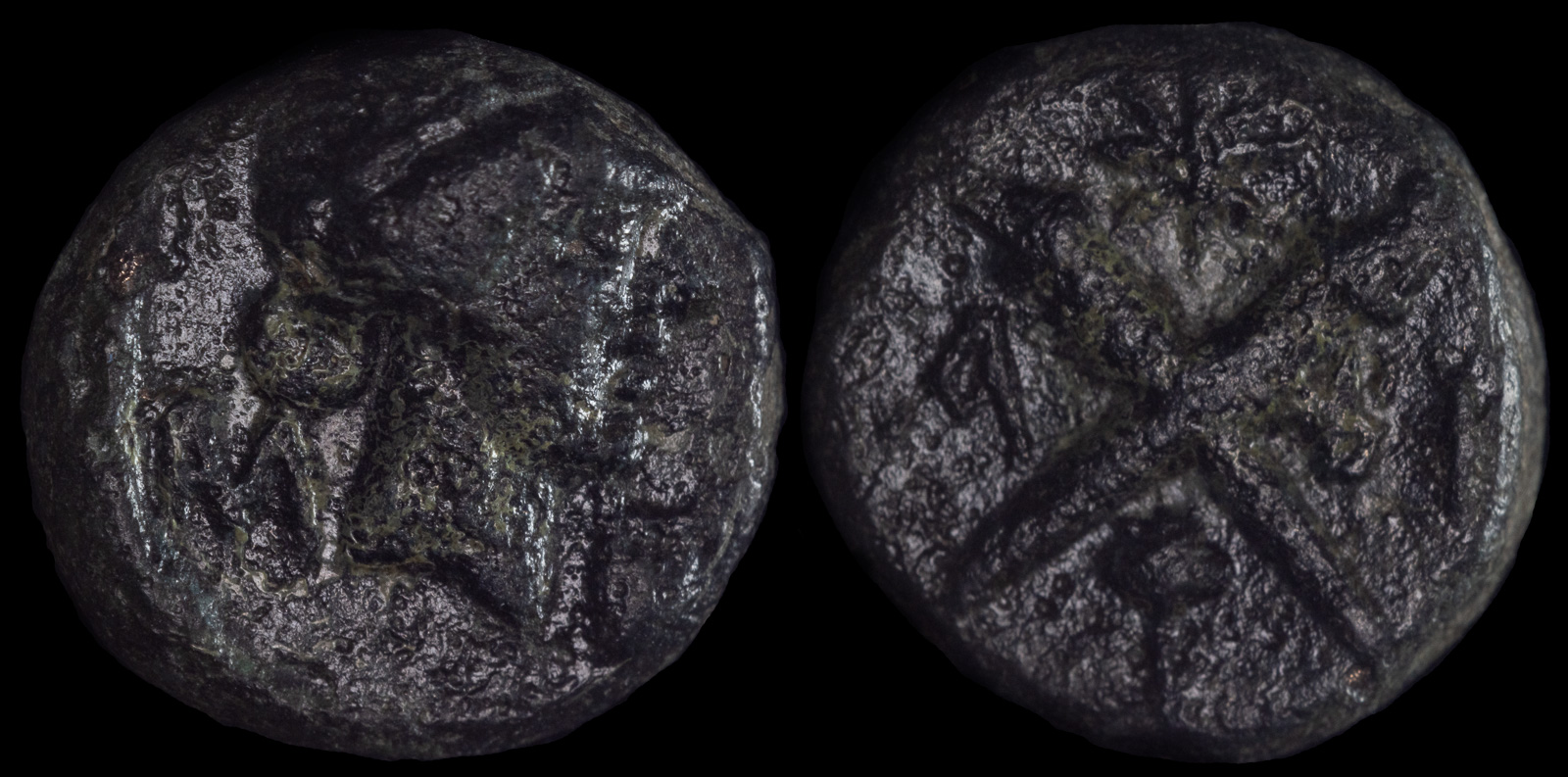Quiver
View All Tags
In Greek mythology, Artemis, the goddess of the hunt, is most commonly depicted with a quiver full of arrows, signifying her prowess as a huntress and her association with wilderness and the natural world. Similarly, Apollo, her twin brother, was also often shown with a bow and quiver, linking him to themes of archery, music, and prophecy. The presence of a quiver in these depictions reinforced their divine strength and skill in using ranged weapons, reflecting the ideal of the heroic warrior.
The quiver’s symbolism in coinage also extended to martial prowess, protection, and victory. For instance, it was often featured in depictions of military heroes or gods connected to warfare, emphasizing their readiness for battle and strategic capability. It conveyed an image of preparedness and strength, qualities highly valued in ancient Greek culture, particularly in the context of the numerous wars and conflicts that shaped the Greek city-states.

Abydos, Troas 300 BCE

Abydos, Troas 3rd century BCE

Agathokes of Syracuse 317-289 BCE

Agathokles of Syracuse 317-289 BCE

Akmoneia, Phrygia 2nd-1st centuries BCE

Amyzon, Caria ca 150-100 BCE

Apollonia ad Rhyndakum, Mysia 2nd-1st century BCE
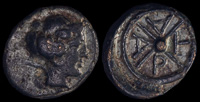
Artake, Mysia 4th century BCE
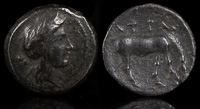
Atrax, Thessaly 3rd-2nd cent BCE
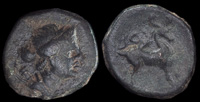
Bubon, Lycia 2nd-1st century BCE
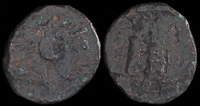
Euhesperides, Kyrenaic. 322-313 BCE

Iolkos, Thessaly mid 4th cent BCE
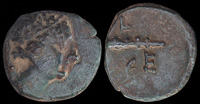
Keraitai, Pisidia 100-70 BCE
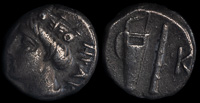
Klearchos 364-352 BCE

Kys, Caria 2nd-1st century BCE
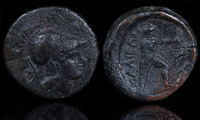
Lamia, Thessaly 325-300 BCE

Lykkeios 359-335 BCE

Magnesia ad Sipylum, Lydia 2nd-1st century BCE

Peithon son of Agenor 317-311 BCE
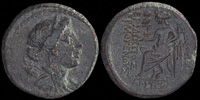
Philadelphia, Lydia 2nd-1st centuries BCE
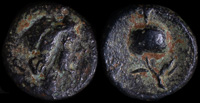
Side, Pamphylia 3rd-2nd centuries BCE

Syennesis 440-400 BCE
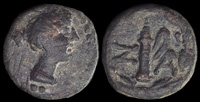
Zakynthos, Islands off Elis 2nd-1st c BCE
